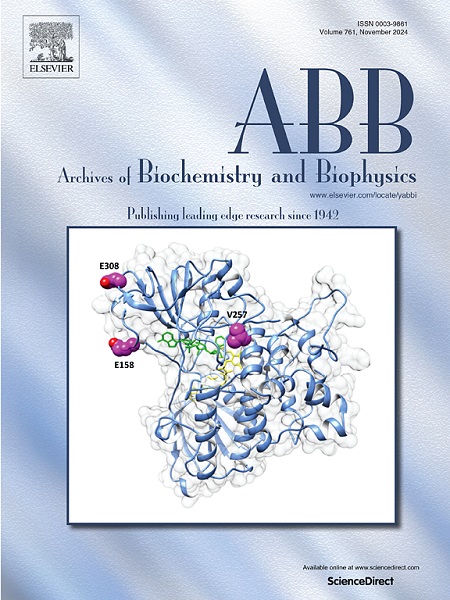Sivelestat sodium protects against renal ischemia/reperfusion injury by reduction of NETs formation
IF 3.8
3区 生物学
Q2 BIOCHEMISTRY & MOLECULAR BIOLOGY
引用次数: 0
Abstract
Background
Ischemia-reperfusion injury (IRI) often results in renal impairment. While the presence of neutrophil extracellular traps (NETs) is consistently observed, their specific impact on IRI is not yet defined. Sivelestat sodium, an inhibitor of neutrophil elastase which is crucial for NET formation, may offer a therapeutic approach to renal IRI, warranting further research.
Methods
A mouse model was established for early-stage renal IRI, confirmed by injury markers and histological assessments. The involvement of NETs in renal I/R was demonstrated using immunofluorescence and Western blot. Renal function and pathology were further evaluated through a comprehensive set of methods, including Periodic Acid-Schiff staining (PAS) and Terminal Deoxynucleotidyl Transferase dUTP Nick End Labeling (TUNEL) staining, enzyme-linked immunosorbent assay (ELISA), Real time Glomerular Filtration Rate (RT-GFR) monitoring, Polymerase Chain Reaction (PCR), biochemical analysis, and additional Western blot and immunofluorescence assays.
Results
We firstly quantified NET expression in renal IRI mice, noting a peak at 24 h. Subsequently, sivelestat sodium treatment was administered, resulting in decreased MPO, CitH3, and attenuated tubular damage. Moreover, it resulted in a decrease in serum levels of creatinine, blood urea nitrogen (BUN), as well as neutrophil gelatinase-associated lipocalin (NGAL) and kidney injury molecule-1 (KIM-1). Additionally, it lowered the abundance of renal tissue inflammatory markers interleukin-6 (IL-6) and tumor necrosis factor-α (TNF-α), and mitigated the levels of oxidative stress indicators malondialdehyde (MDA) and 4 Hydroxynonenal (4HNE), accompanied by a decline in renal cell apoptosis and an enhancement of GFR in renal I/R mice.
Conclusion
Sivelestat sodium ameliorates renal IRI by downregulating neutrophil NETs, reducing inflammation, oxidative stress, and apoptosis, thereby enhancing renal function.

求助全文
约1分钟内获得全文
求助全文
来源期刊

Archives of biochemistry and biophysics
生物-生化与分子生物学
CiteScore
7.40
自引率
0.00%
发文量
245
审稿时长
26 days
期刊介绍:
Archives of Biochemistry and Biophysics publishes quality original articles and reviews in the developing areas of biochemistry and biophysics.
Research Areas Include:
• Enzyme and protein structure, function, regulation. Folding, turnover, and post-translational processing
• Biological oxidations, free radical reactions, redox signaling, oxygenases, P450 reactions
• Signal transduction, receptors, membrane transport, intracellular signals. Cellular and integrated metabolism.
 求助内容:
求助内容: 应助结果提醒方式:
应助结果提醒方式:


